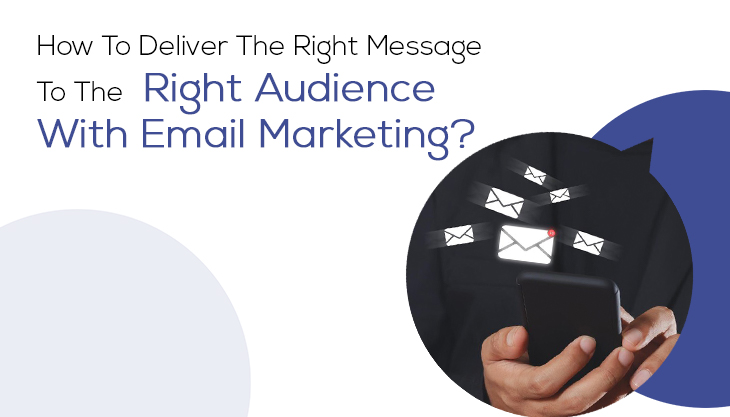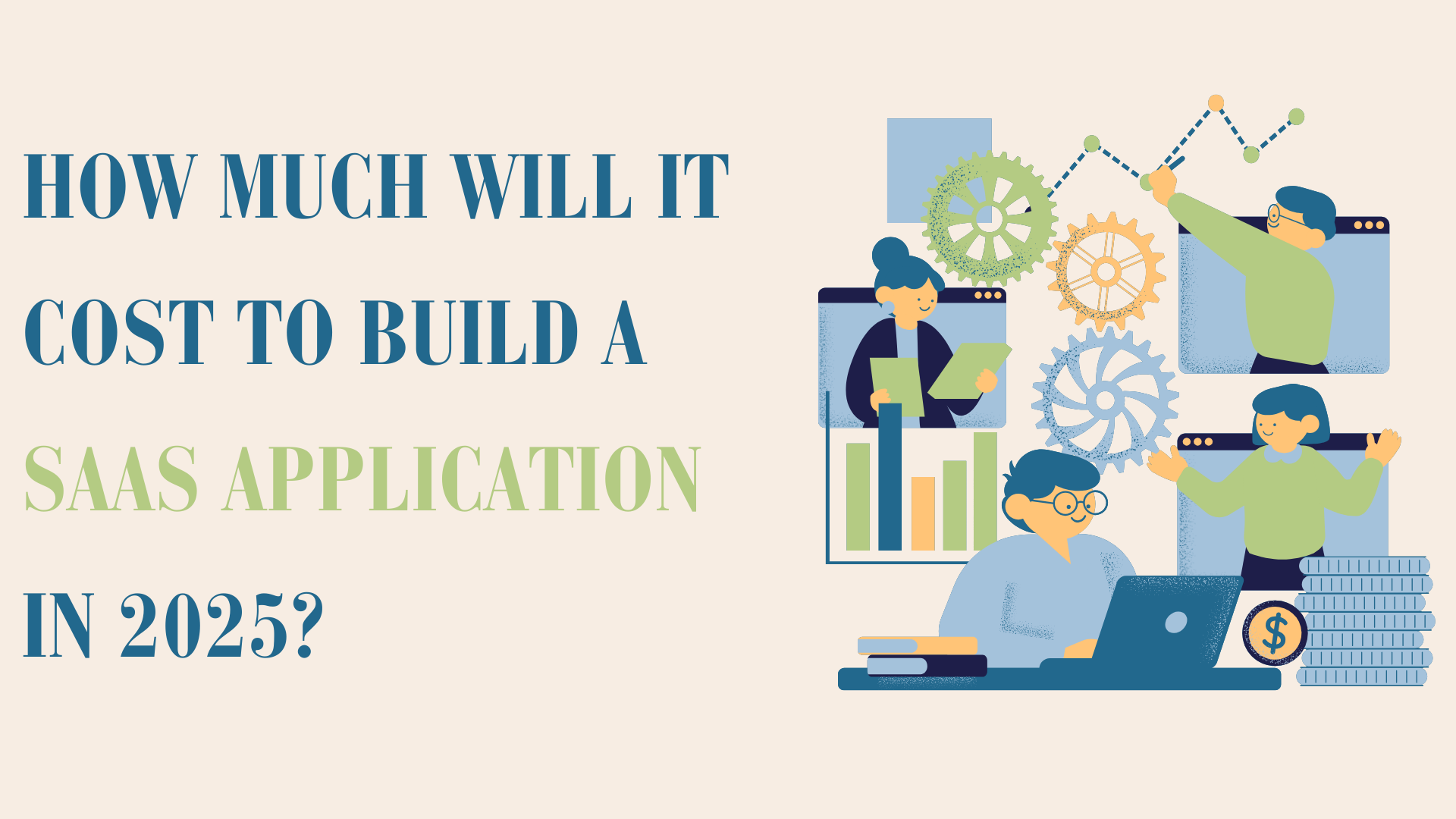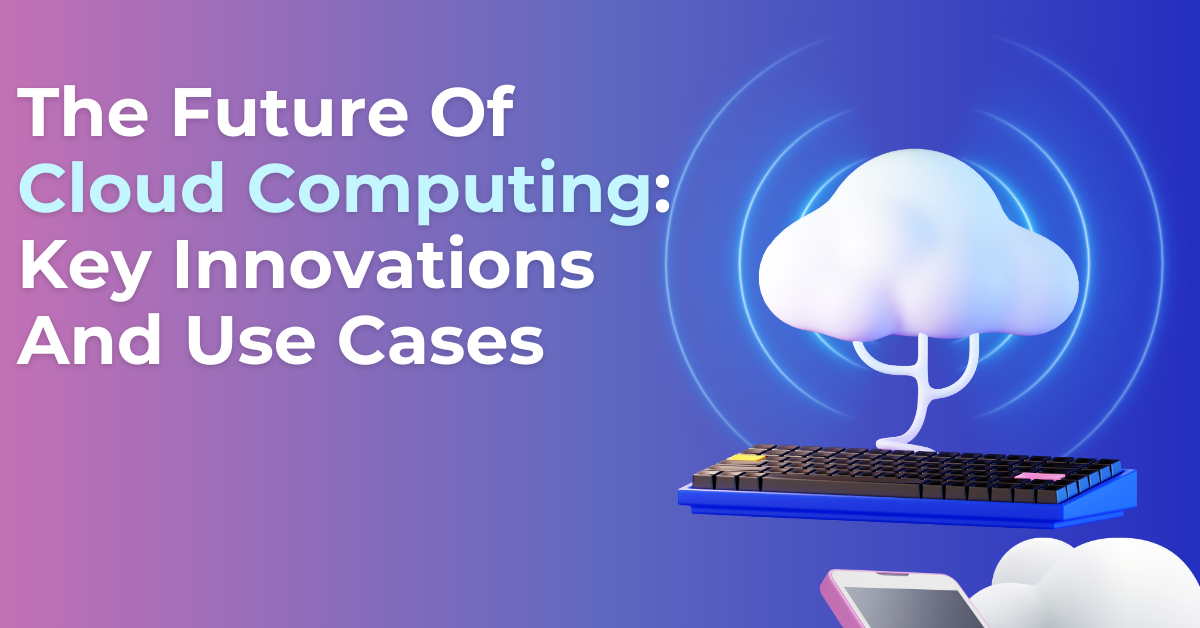Delivering the right message to the right audience is the goal of digital marketing.
There are many different outreach strategies, and each has a role to play in your overarching plan. For a continual relationship with your prospects and clients, it's crucial to have a strong digital presence and email marketing services.
Despite the fact that the digital landscape is constantly shifting, one thing is constant: data-driven campaigns are the most effective ones. Because of this, email marketing has continued to be an effective tactic for Email marketing target audience throughout time.
Let’s take a look into What is targeted email marketing and how you can use it to its finest in this article.
What is Email Marketing?
Ray Tomlinson sent the first email in 1971 or 1978, ushering in the contemporary era of communication. The message was unremarkable—just a string of numbers and letters that appeared more like a password than a communication—but it was profound in its significance.
The email was transmitted from one computer to another through a system of machines like the current internet. Additionally, Tomlinson invented the "@" sign for use in email addresses.
Years later, Gary Thuerk, a marketing manager at Digital Equipment Corp, sent the first promotional email to a list of email addresses. Email marketing was therefore born.
Even though there were just a few hundred persons on the list, Thuerk was nevertheless able to lay claim to the title of "Father of Spam."
There's no denying the influence that a well-crafted message can have on your customers, not to mention the impact CRM and lead nurturing can have. Today, we are overwhelmed with email marketing campaigns, and yes, some of it still feels spammy.
To interact with your audience and promote your brand and boost sales, use email marketing. Emails can be used for a variety of purposes, including selling products, sharing news, lowering cart abandonment rates, and telling stories.
Let’s look at a few ways through which you can improve your email marketing game:
1. Send Emails to Recipients who are Interested in your Material.
How do you track down these perfect clients that want to interact with you? Create a persona for your target buyer as a first step.
Discussing demography now. One's purchasing decisions can be influenced by a variety of circumstances, and a successful company has a solid understanding of who its ideal client is.
A wonderful technique to fully comprehend your customer is to segment them. The location, age, gender, occupation, and interests of your customer are among the factors to take into account.
Understanding your target audience and segmenting your audience allows you to better engage with your audience and tailor your content to suit their needs.
Timing and frequency come next when segmenting are finished. Avoiding excessively frequent email blasts is a valuable rule. Sending out emails to your audience too regularly could be considered spam.
2. Segmenting
Using segments effectively can increase engagement, open rates, and click-through rates.
Targeting your current list is the ideal strategy to start segmenting. It's a terrific idea to divide your recipients into the most engaged, well-engaged, semi-involved, and least engaged.
Set a cutoff point for each segment's number of emails opened, and decide which category each segment belongs to.
Segmenting your audience into smaller groups based on factors like industry or purchase history is the next step after identifying your key engagement groups.
3. Make your Material Unique.
The next step is to tailor your content and messaging for each part after segmenting your list. When creating your messaging, it will be crucial to understand where they are in the buying cycle.
Consider a VIP client who desires to feel a part of your community. By including their name in the subject line, you might help recipients feel appreciated. Not only is it nice and personal, but studies have shown that customized subject lines increase email open rates by 26%.
However, a VIP customer would not be interested in learning about your most recent white paper or giveaway; instead, a cold prospect or engaged user would be interested in this type of content. Make your material unique, interesting, and very benefit-driven for this audience.
4. Quantifying your Email Goals
Choosing whether you want to engage, entice, increase clicks, or get sales is the key here. Utilizing your newly split list in this way will enable you to work toward your overall objectives.
Put yourself in the position of your audience and consider: Who will be interested in the content you are delivering? Would delivering this content to a potential consumer be better for retention, upselling, or both? Depending on their hobbies, past purchases, and exposure to your emails recently, who should be omitted from your message?
5. Timing is crucial.
Once you've identified the segment or group you want to reach, decide when and how to deliver your message.
It could be a one-time email or a component of a larger campaign. Some email marketing software makes suggestions about when to receive more opens so you may change your plan as necessary.
In general, it's critical to customize your messaging and marketing initiatives to make sure that people who genuinely care are receiving the appropriate information at the appropriate time. The results will speak for themselves, and you'll have confidence knowing that you're sending audiences-appropriate email content at the ideal time.

















Post Comments